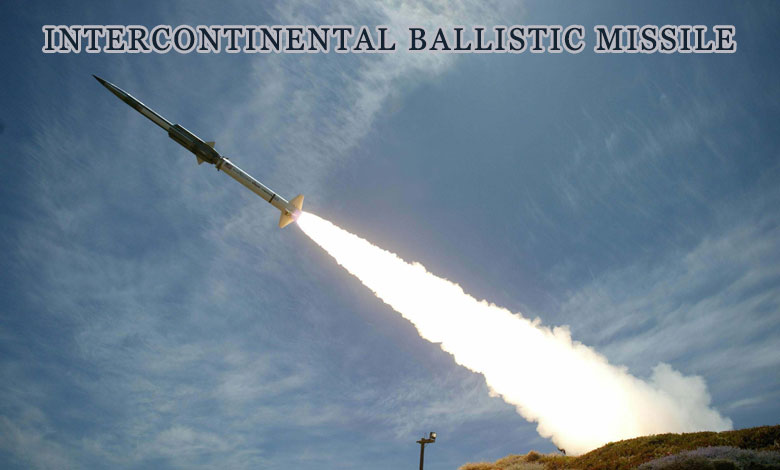
In a significant escalation of the ongoing conflict, Russia launched an Intercontinental Ballistic Missile (ICBM) at Ukraine on Thursday, marking the first time in the war that such a weapon has been used. The missile, the RS-26 Rubezh, was fired from Russia’s Astrakhan region, targeting critical infrastructure in Ukraine’s central city of Dnipro. The launch comes as tensions between the two nations continue to rise, particularly after a series of attacks using long-range missiles by both sides.
Table of Contents
The RS-26 Rubezh missile, which has a range of 5,800 kilometers, is capable of carrying both conventional and nuclear warheads. Despite its strategic capabilities, Russia launched the missile with a conventional warhead, sending a stern message to Ukraine and its Western allies. This action follows a series of retaliatory missile strikes, including Ukrainian attacks on Russian soil, which were made possible by the approval of Western long-range missiles like the US-made ATACMS and the UK’s Storm Shadow missiles.
What Are Intercontinental Ballistic Missiles (ICBMs)?
Intercontinental Ballistic Missiles are long-range, strategic weapons primarily designed for nuclear deterrence. They are capable of traveling vast distances, often over 5,500 km, and can be launched from both fixed silos and mobile platforms. These missiles follow a trajectory that includes a space-bound phase before re-entering the atmosphere to strike their target. While traditionally used to carry nuclear warheads, ICBMs can also be equipped with conventional warheads for precision strikes.
Also Read: Social media ban for children younger than 16 introduced in Australia’s Parliament
The RS-26 Rubezh, launched by Russia, is an advanced missile with a range that makes it suitable for long-distance strikes, reinforcing Moscow’s deterrence strategy. The missile’s use in this instance, despite carrying a conventional warhead, has raised concerns about the growing militarization of the conflict, further undermining hopes for a diplomatic resolution.
Moscow’s Retaliation and Growing Tensions
This ICBM launch comes just days after Ukraine’s use of Western-supplied missiles against targets within Russian territory, including missile strikes on Russian infrastructure. The missile strikes in Ukraine have caused significant damage, with the Ukrainian Air Force reporting that the Russian missile attack on Dnipro resulted in substantial destruction, including damage to industrial complexes and residential areas.
Also Read: 48 Hours in Dubai: The Ultimate Travel Itinerary for a Whirlwind Adventure
While Russian authorities have not officially confirmed the use of the ICBM, Moscow’s spokesperson Dmitry Peskov suggested that the country was making “maximum effort” to avoid nuclear conflict. Despite this, Russia’s new nuclear doctrine, announced this week, allows for the use of nuclear weapons against non-nuclear states, a policy that has raised alarm in the international community. The use of an ICBM, although non-nuclear in this case, underscores the growing risks of the war escalating further.
In response to the missile strike, Ukraine’s Air Force claimed it had successfully downed six Russian missiles, though it did not confirm if the ICBM was among them. Reports from both sides indicate widespread destruction, including civilian infrastructure in Dnipro, exacerbating the already dire humanitarian situation.
The Path Ahead
As the conflict approaches its 1,000th day, both Russia and Ukraine continue to engage in heavy missile warfare, with both sides using advanced long-range missile systems. The growing use of ICBMs and other advanced weaponry signals a further militarization of the conflict, pushing diplomatic efforts to the background. Global leaders have urged both parties to seek a peaceful resolution, but with military escalation on both sides, the path to diplomacy appears increasingly remote.
Russia’s use of the ICBM is not just a military maneuver; it is a political signal, a reminder to Ukraine and its Western allies that Moscow’s red lines must be respected. The world watches closely as the war in Ukraine, now in its third year, continues to evolve into one of the most significant military confrontations of the 21st century.
